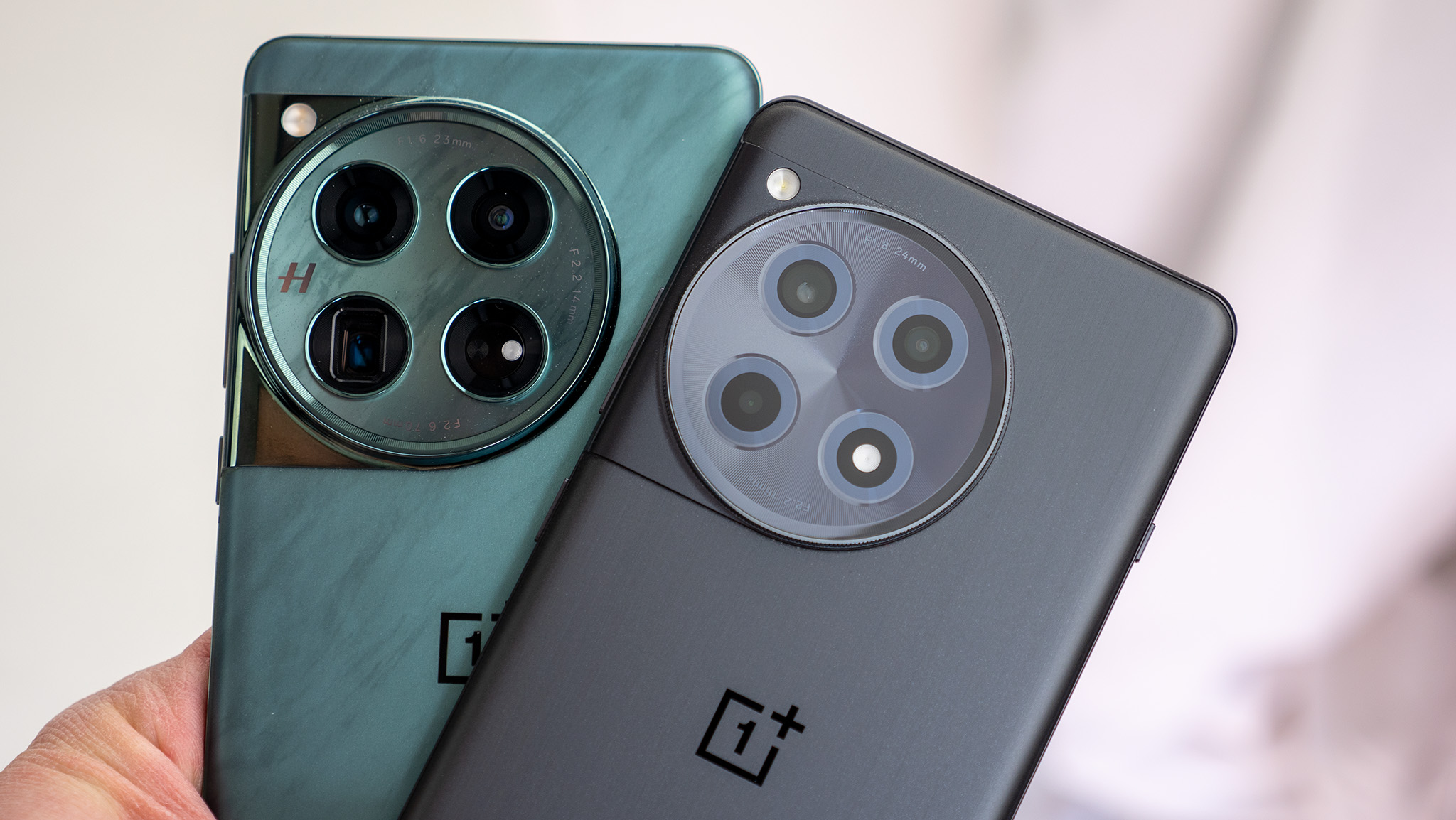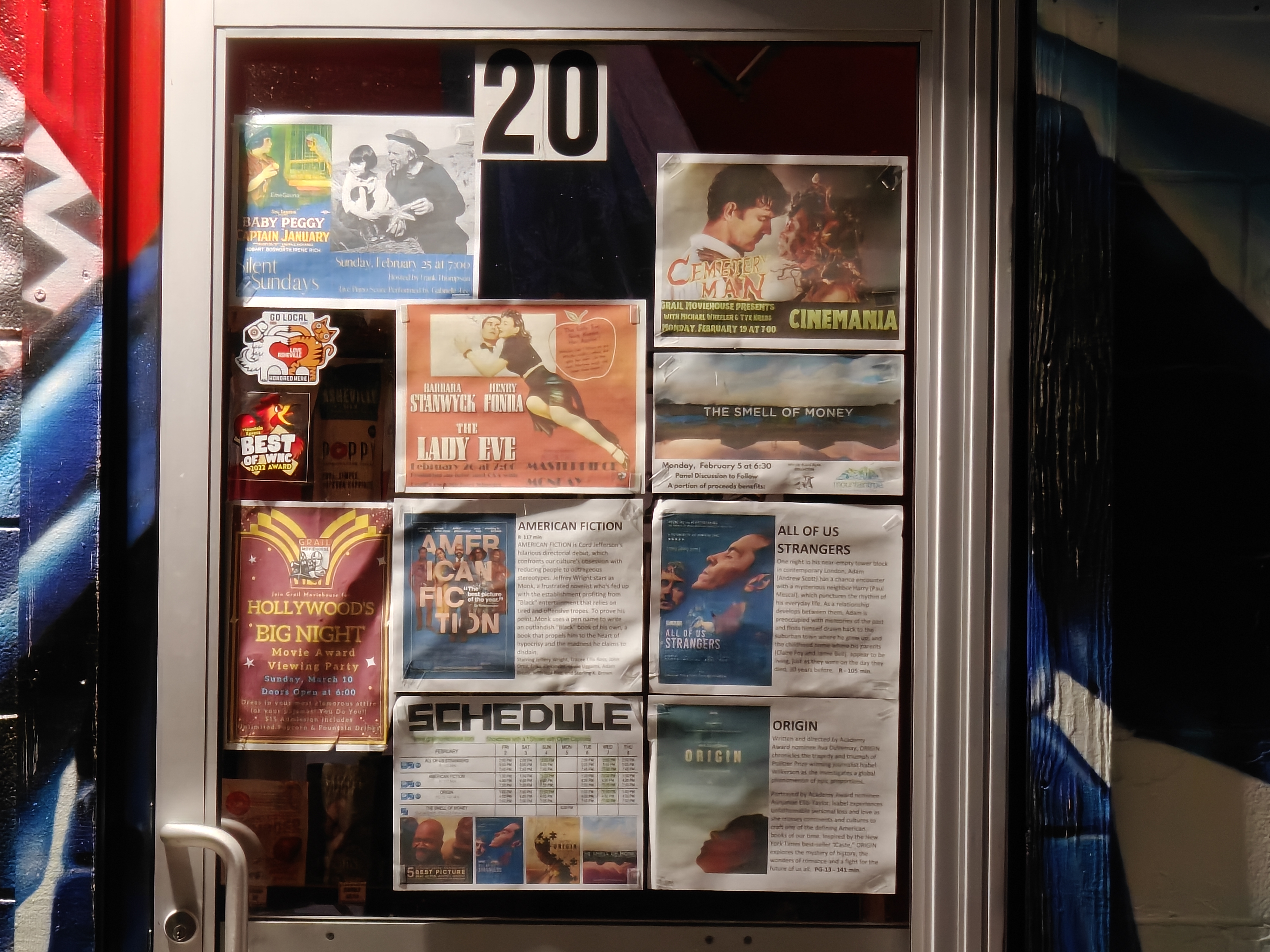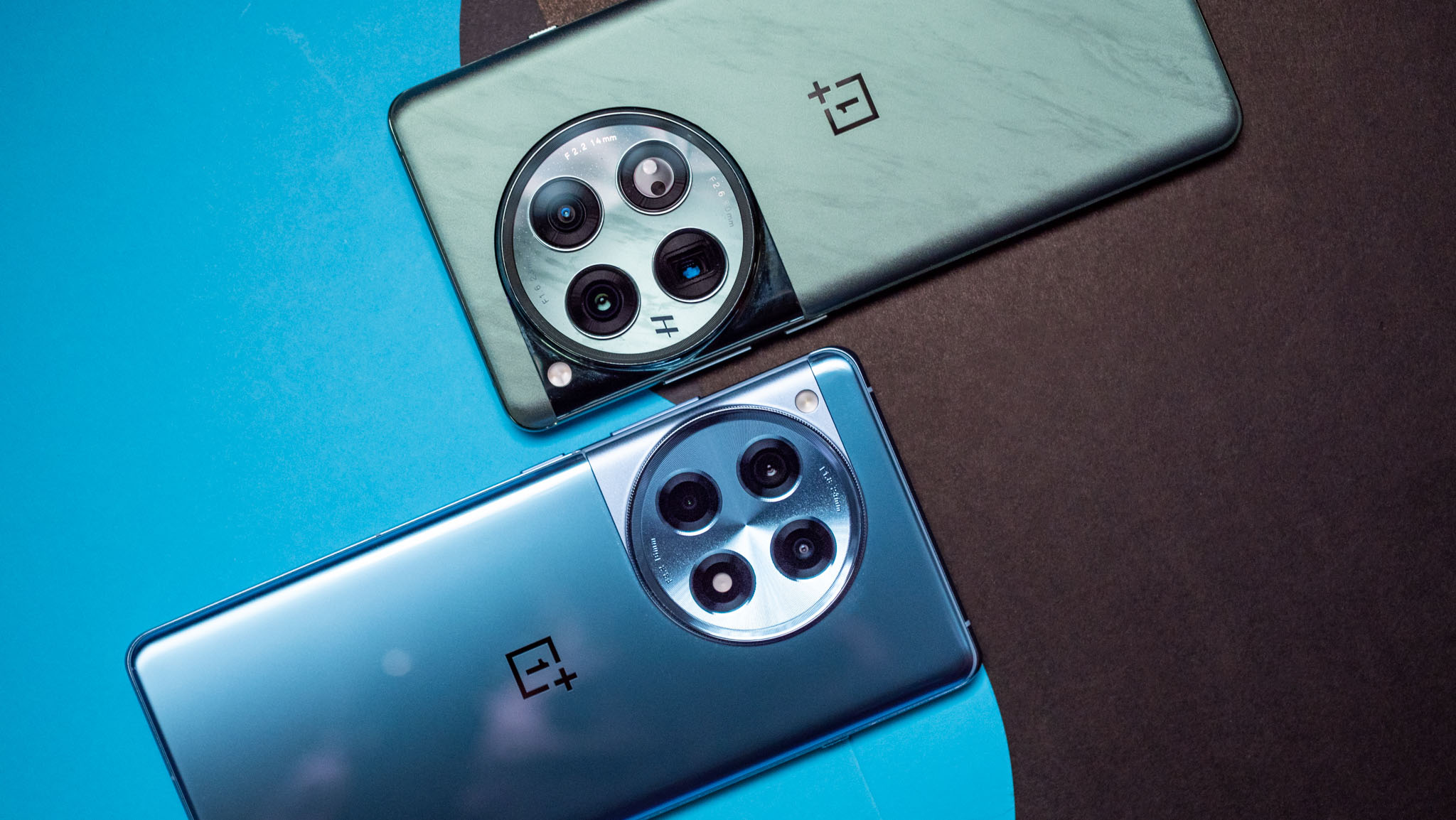I compared the OnePlus 12 and 12R cameras. The results were surprising
You won't be getting a huge downgrade by saving $300.

By all accounts, the OnePlus 12R looks to be the reincarnation of the original OnePlus One in a very palpable way. It's $300 less than the excellent OnePlus 12, yet still offers a brilliant display, a near-identical-looking build, a super speedy processor and charging speed, and what appears to be an excellent camera experience on paper.
While you should never expect a $500 phone to keep up the pace with an $800 phone, the OnePlus 12R does a remarkable job of delivering a solid camera experience despite the more budget-friendly price. Both phones feature a similar-looking camera island, but the hardware contained within can be quite different.
I put both phones head-to-head to find out if it's worth spending the extra $300 on the OnePlus 12 to get a better camera or if you should just stick with the more affordable OnePlus 12R.
| Category | OnePlus 12 | OnePlus 12R |
|---|---|---|
| Rear camera 1 | 50MP f/1.6 Sony LYT-808, 1/1.4-inch sensor, 23mm focal length, OIS, 8K at 30fps | 50MP f/1,8 Sony IMX890, 1/1.56-inch sensor, 4K at 60fps, OIS |
| Rear camera 2 | 48MP f/2.2 Sony IMX581 wide-angle, 1/2-inch sensor, 14mm focal length, 114-degree FoV | 8MP f/2.2 wide-angle lens, 112-degree FoV |
| Rear camera 3 | 64MP f/2.6 OmniVision OV64B telephoto, 1/2-inch sensor, 70mm to 140mm focal length, 6x optical zoom, 120x digital zoom, OIS | 2MP macro lens |
| Front camera | 32MP f/2.4 Sony IMX615, 1/2.74-inch sensor, 21mm focal length | 16MP f/2.4, 1080p video at 30fps |
Main and ultrawide cameras
From a branding standpoint, you would absolutely expect the OnePlus 12 to deliver a superior camera experience in every way. The Hasselblad branding means the OnePlus 12 enjoys more options in the Pro camera mode — it's actually called Master mode on the OnePlus 12 — and sports an additional XPAN mode the OnePlus 12R doesn't have.
In short, XPAN uses both the main and ultrawide camera sensors to create one film-like aspect ratio photo, something film and camera nerds will certainly salivate over.
But I was surprised when I found that I preferred images captured from the OnePlus 12R's main camera over the OnePlus 12's, despite the automatic Hasselblad color and exposure tuning from the more expensive phone.






What makes this more interesting is that the OnePlus 12 uses a newer sensor, while the 12R uses the same IMX890 found in the OnePlus 11 and 11R. OnePlus has had more time to tweak the imagery from this sensor than it has with the OnePlus 12's newer sensor, but it's always a surprise from a spec standpoint when the latest and greatest doesn't outperform something that's been around for a while.
Be an expert in 5 minutes
Get the latest news from Android Central, your trusted companion in the world of Android




Likewise, photo performance from the ultrawide-angle cameras is nearly identical in quality, trading blows depending on the shot taken. Notably, the ultrawide camera on the OnePlus 12 provides a slightly wider-angle lens. So, while the quality is essentially identical between the two phones, you'll capture a slightly wider image from the OnePlus 12.
The OnePlus 12's ultrawide-angle camera doubles as a macro mode camera, while the OnePlus 12R has a fairly useless 2MP dedicated macro camera. Worse yet, you need to manually switch to the Macro mode on the 12R to take macro photos. The OnePlus 12 automatically switches to macro scene adjustment when you get close to objects while using the phone's auto mode.
In short, don't bother with macro photos on the 12R. They're not worth your time.
Telephoto cameras
Zooming in on a subject using the viewfinder is a common tactic used to get a clear picture without getting physically closer to the subject, and one of these phones clearly does a better job than the other.
Zoom detail remains fairly identical in the short to mid-range — from 1x to 5.9x — but at 6x and beyond, the OnePlus 12 trounces the OnePlus 12R thanks to a dedicated 3x periscope camera, capable of in-sensor zoom up to 6x.






This difference holds up between both day and nighttime lighting conditions, and I was impressed at how clean and clear the imagery was from the OnePlus 12, even beyond 10x zoom.
Front-facing and portrait mode
Portrait mode is superior on the OnePlus 12 but that comes with some caveats. The OnePlus 12 offers 1x, 2x, and 3x presets in its portrait mode from the rear cameras, but I found the phone was very picky with subjects. Often, the software wasn't able to identify a subject for portrait mode unless I physically moved closer, and the software clearly told me this while taking the photo.
Meanwhile, the OnePlus 12R only offers a 1X zoom portrait mode but seems less finicky with distance. There were still times when the software would ask me to move closer but it wasn't as common.
Both phones offer identical background cut-out quality and I found portrait mode from either phone was superior to what Samsung or Google can do even on each respective company's best phones.






The front-facing camera on the OnePlus 12 is better in all areas and lighting conditions but, as with the portrait mode, it's not substantially better. Both front-facing cameras deliver excellent image quality both day and night.
The OnePlus 12's front-facing camera is slightly wider, bringing in more of the surroundings into the frame, and it offers better exposure and white balance. I particularly noticed the exposure differences at night, especially when near any kind of light source.
The OnePlus 12R's front-facing camera doesn't support image stabilization while recording, meaning video from the OnePlus 12's front-facing camera will be a lot smoother when filming and walking around.
Video and software
OnePlus' camera software is very similar between the two phones, but there are some notable differences in capabilities. The OnePlus 12's manual mode, called Master mode, allows the use of RAW capture from all of the phone's rear cameras. The OnePlus 12R's manual mode offers Raw and Raw Plus options but only from the main rear camera.
It certainly feels strange for the 12R to offer Raw Plus while the more expensive 12 only offers RAW, but I didn't find Raw Plus to be much of an advantage, anyway. Largely, it acts as a sort of hybrid between RAW and JPG modes, delivering some light post-processing and 12MP JPG resolution with the added bonus of being editable as a RAW DNG file. If I'm shooting RAW, however, I'd rather just have the full-resolution photo.
If you open up the full-resolution versions of the photos below (tap on the image, then tap original resolution), you can see how much more detailed the RAW version is than the RAW Plus one.


Being able to use the ultrawide and telephoto cameras in RAW resolution is also a huge advantage for the OnePlus 12, especially if you're trying to take the best possible quality images from your phone.
Similarly, the OnePlus 12R cannot switch between any cameras while recording in 4K. You'll need to dumb down the quality to 1080p 30fps in order to do that.
Neither phone can switch between the front and rear cameras while recording, but many other phones don't offer this, either. Notably, Samsung's Galaxy line will often offer the ability to switch between front and rear cameras while recording video.
The OnePlus 12 also offers the ability to record in Dolby Vision 12-bit HDR, while the OnePlus 12R does not.
Slow motion video capture resolution and framerates are identical between both phones, but the 12R's capture is more cropped than the OnePlus 12. That means you'll get a much wider view of the OnePlus 12 at the same resolution and framerate.
Conclusion

It should come as no surprise that an $800 phone has a better camera than a $500 phone, but the cheaper OnePlus 12R holds up surprisingly well in a number of areas. Photo capture from the main rear camera sensor is nearly identical between the phones despite the OnePlus 12 having a newer sensor.
Surprisingly, I preferred the look of the OnePlus 12R's photos from the main camera. Similarly, the ultrawide-angle camera is very similar and delivers near-identical quality between the two phones. The main advantage of the OnePlus 12's ultrawide-angle camera is that it's got a slightly wider FoV.
Likewise, the front-facing cameras offered nearly identical quality, even if the OnePlus 12's delivered slightly better white balance and exposure. Portrait mode also offers similar quality between the two devices, but the OnePlus 12 offers the ability to use a 1x, 2x, or 3x zoom to replicate the look of different Hasselblad cameras.
The real advantage of the OnePlus 12 comes in its ability to zoom further while still delivering crisp imagery and video, capture Dolby Vision HDR video, switch between cameras while recording at 4K resolution, and offer up a better RAW manual mode since you can use all the rear cameras.
It's unlikely some people will care about these differences for $300, but OnePlus certainly offers more potential on the more expensive phone camera.

